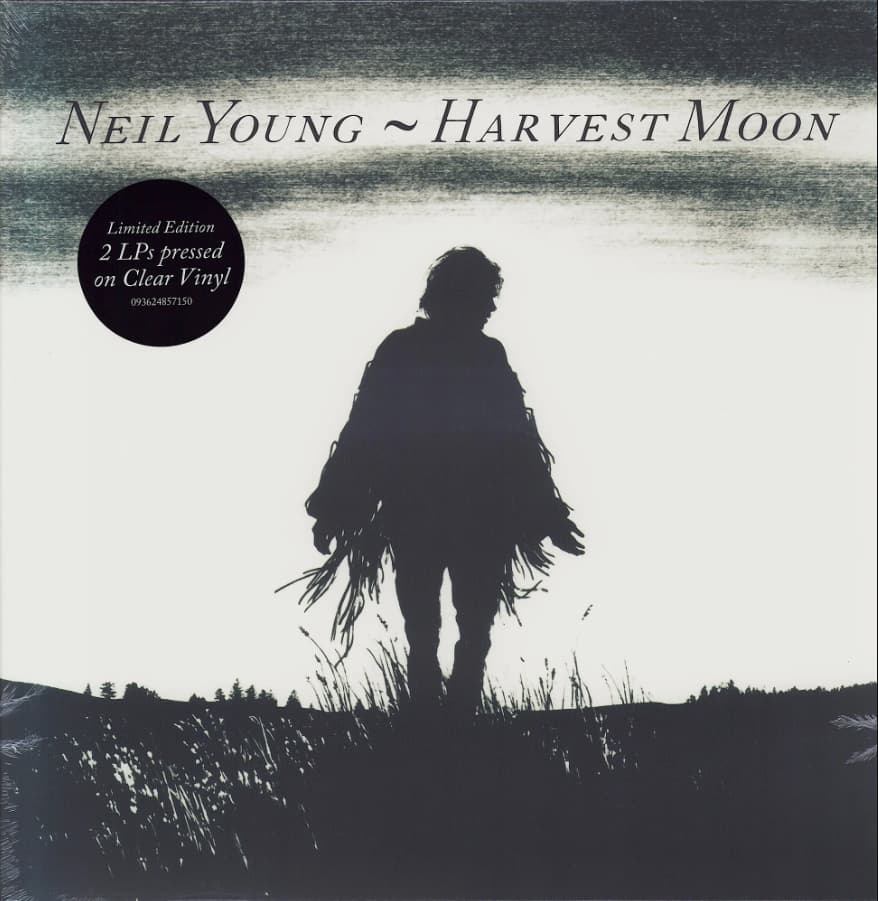
Neil Young – Harvest Moon: A Nostalgic Ode to Timeless Love
In the rich tapestry of Neil Young’s illustrious career, few songs capture the essence of enduring love and nostalgia as poignantly as “Harvest Moon.” Released in 1992 as the title track of his 19th studio album, this song has since woven itself into the fabric of countless personal soundtracks, resonating deeply with those who cherish the delicate balance of past memories and present realities.
Upon its release, “Harvest Moon” was a beacon for listeners longing for authenticity amidst a musical landscape increasingly dominated by digital sounds. It reached a respectable position on various charts, including peaking at number 36 on the Billboard Hot 100. However, its true success is measured not in chart numbers but in the hearts it has touched over decades.
The story behind “Harvest Moon” is as enchanting as its melody. After years of exploring various musical directions, Young returned to the acoustic folk-rock sound reminiscent of his earlier work, echoing the warmth and simplicity found in his iconic album “Harvest” from 1972. This return to roots was not just a musical choice but a personal one. At its core, “Harvest Moon” is a tribute to Young’s then-wife, Pegi Young. The song encapsulates the gentle glow of a lasting relationship, celebrating both the constancy and evolution that comes with shared years.
Lyrically, “Harvest Moon” conjures images of dancing under the soft luminescence of a full moon, an experience that many listeners find universally relatable and eternally romantic. The song’s narrative invites us into a moment suspended in time—a dance between lovers who have weathered life’s seasons together yet still find joy in each other’s presence. Such imagery evokes powerful emotions for those who have walked similar paths or yearn for such companionship.
Musically, “Harvest Moon” is crafted with meticulous care. Ben Keith’s hauntingly beautiful pedal steel guitar and Spooner Oldham’s subtle keyboard work create an atmosphere that is both intimate and expansive. The gentle brush of drums and soft backing vocals add layers of depth without overshadowing Young’s tender vocal delivery. The production itself mirrors the lyrical themes: simple yet profound, familiar yet fresh.
The song also holds cultural significance as it bridges generational gaps. For those who grew up with Neil Young’s music in the ’60s and ’70s, “Harvest Moon” serves as a comforting reminder of a beloved artist’s ability to remain relevant while staying true to his roots. For newer generations discovering Young’s work through this song, it offers an entry point into exploring his vast discography.
In many ways, “Harvest Moon” transcends mere musical composition; it is an emotional experience that invites reflection on one’s own journey through love and time. For older listeners, it may stir memories of dances beneath real or metaphorical moons—moments when life felt suspended in perfect harmony. For younger audiences, it presents an ideal of love worth aspiring to.
Ultimately, Neil Young’s “Harvest Moon” endures because it speaks to universal truths with sincerity and grace. It captures fleeting moments that linger long after the last note fades—a testament to love’s enduring power under the timeless watch of the moon.